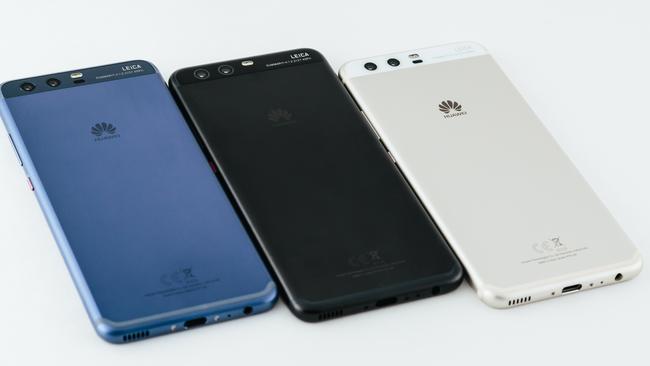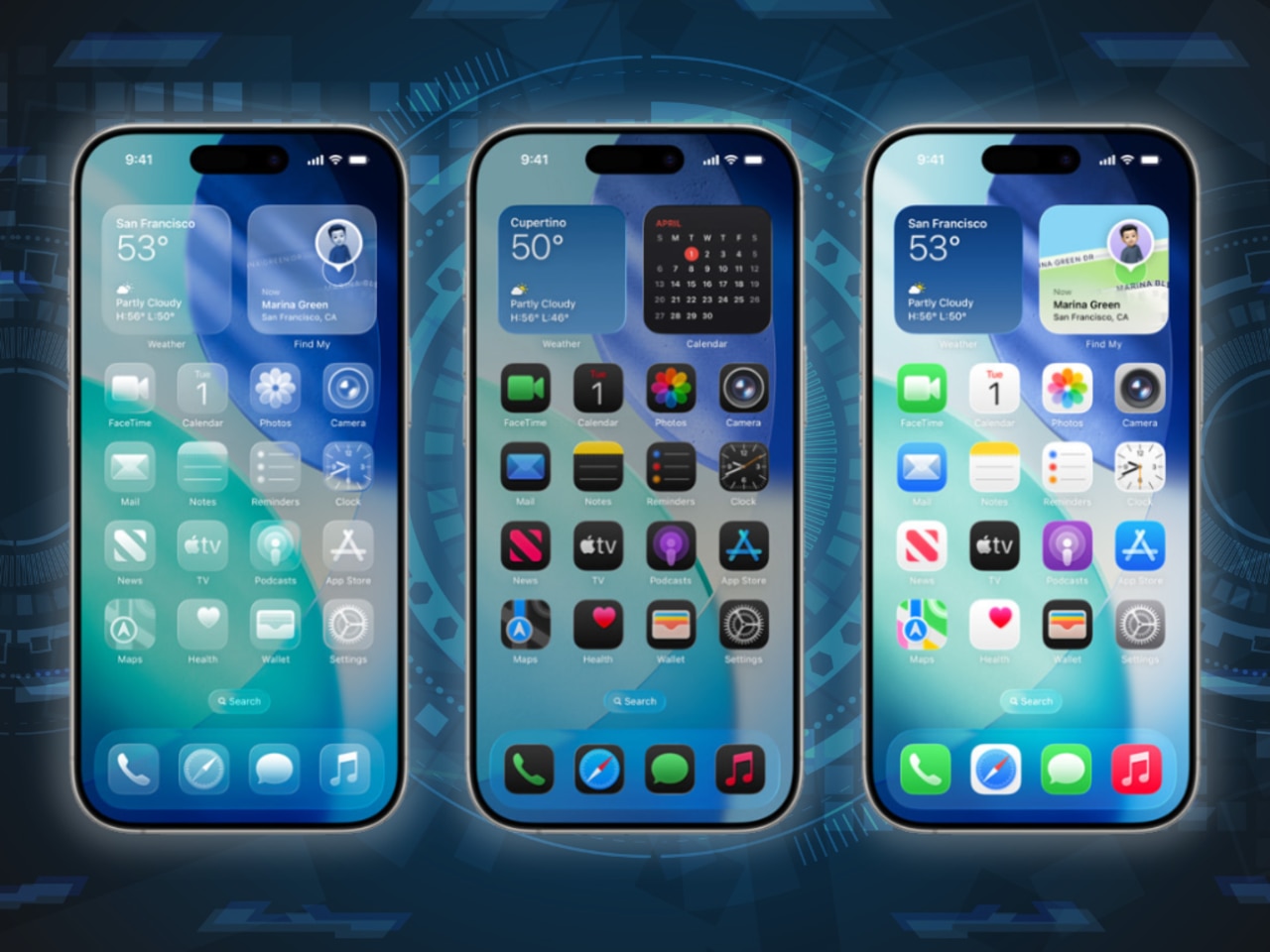Huawei’s P10 and P10 plus hope to help the Chinese heavyweight pass Apple and Samsung in Australia
THE world’s third biggest smartphone maker is looking to lure iPhone customers by making a device that is eerily similar to Apple’s flagship devices.
HAVING already crushed Apple and Samsung in China, the world’s third most popular smartphone manufacturer has its sights set on the Aussie market.
With the highly impressive Mate 9 already leaving its mark, Huawei has once again thrown its hat in the ring with its latest flagship Android phones — the P10 and P10 Plus.
DESIGN
The P10 and P10 plus have 5.1-inch and 5.5-inch LCD displays, offering 1920x1080 and 2560x1440 pixels, respectively.
Shifting away from the design of the Mate 9, Huawei’s latest flagship looks very similar to Apple’s 2014 iPhone 6S — great news for those who like the iPhone design but not iOS.
The fingerprint scanner has been removed from the rear of the device and placed below the display, where it also doubles as a physical home button.
While this is supposed to make the device easier to hold, I prefer the button the back as it offers more screen space and the option of pulldown notifications.
It has smooth, curved corners, minimal side bezels and is available in gold and blue and black.
While it might look very similar to an iPhone, the P10 is different as it has chosen to keep the headphone jack and also the USB-C charging port.
Huawei has also opted to keep full-metal body on the rear of the device unlike some of its competitors that use glass.

CAMERA
Like its predecessor flagship smartphone, the Leica-branded dual camera set up is one of the best aspects of the device.
Located flush at the top left of the device is the dual camera set up, which has a 12MP RGB sensor working alongside 20MP monochrome shooter.
Both sensors capture images independently and them combine them into one photo — this is supposed enhance detail and contrast.
One of the improvements with the camera is the f/1.8 aperture of the P10 Plus — f/2.2 on the P10 — which claims to bring brighter photos regardless of the shutter speed.
Unfortunately, the camera still does have it’s struggles under very poor lighting.
The camera app is excellent and offers more experienced snappers to shoot in a “Pro” mode, where users can customise settings like shutter speed, white balance and ISO.
Huawei’s P10 and P10 Plus also offer a front-facing 8MP camera, which includes a Leica-branded portrait mode.
Shooting in portrait will use new facial tracking software that detects more than 190 points on the human face to ensure the camera focuses for the best possible shot.
Portrait mode also combines the fake bokeh effect and beauty mode seen on other devices from the Chinese manufacturer.
Both devices also shoot 4K video.

EVERYTHING ELSE
Both models offer Huawei SuperCharge, which can take the battery from 0 to 25 per cent in 15 minutes or 0 to 88 per cent in an hour.
Sadly the 3,200mAh of the P10 does not offer the greatest lifespan per charge, although it is also far from the worst on the market.
If battery is a huge issue, you would be better to go for the Plus, which has an impressive 3,750mAh power pack.
Unlike the iPhone, Samsung and Sony flagships, the P10 and P10 Plus are not water and dust resistant, which could be a deal breaker for those who find extra comfort in the setting.
While the phone is durable, includes a clear protective case in the box — bound to please those wanting to showcase the colour of the device.
In terms of functionality, both phones use Google’s Android 7.0 Nougat OS customised gently with the Huawei Emotion 5.1 user interface.
All in all, the P10 and P10 Plus showcase why Huawei has become a force to be reckoned with in the global smartphone market.
While I will likely return to my S8 for daily use, I feel these devices would be the perfect fit for someone wanting a different alternative to the iPhone, without confusing them too much.
The Huawei P10, P10 Plus cost $899 and $1099 respectively.
Are you a fan of the P10? Continue the conversation in the comments below or with Matthew Dunn on Facebook and Twitter.



